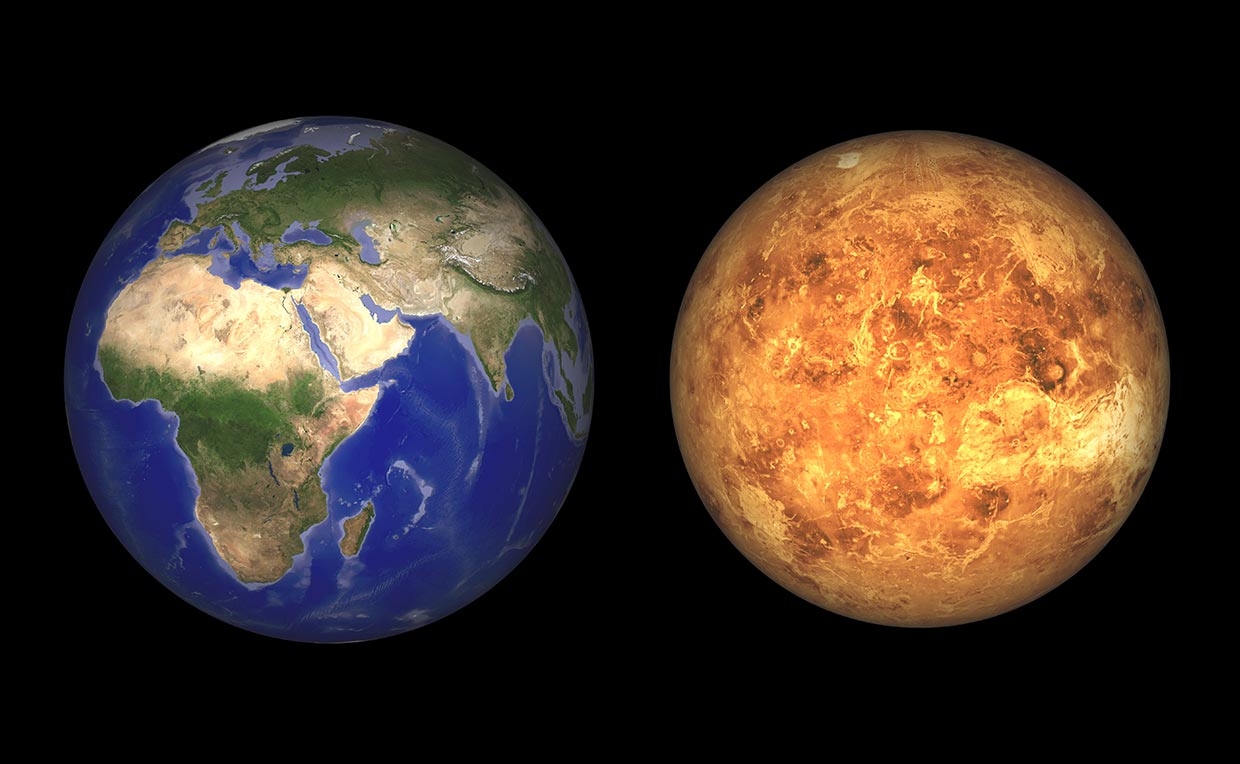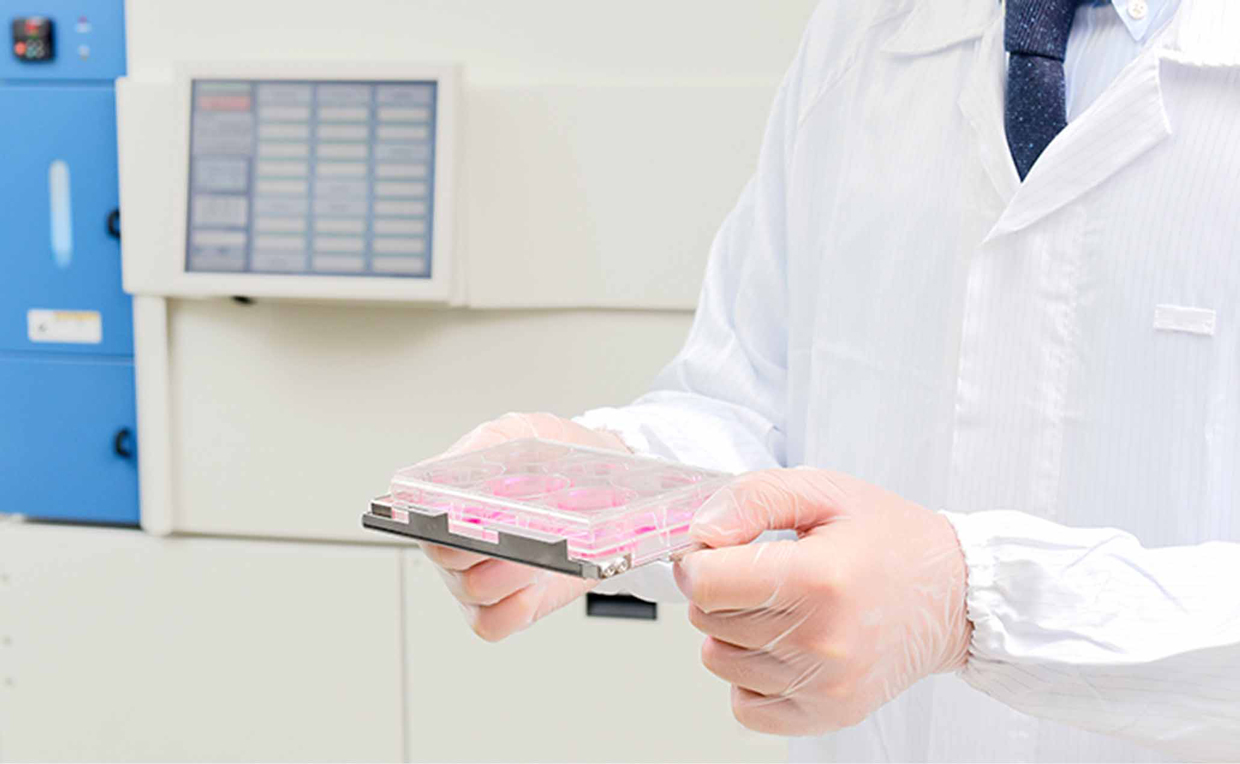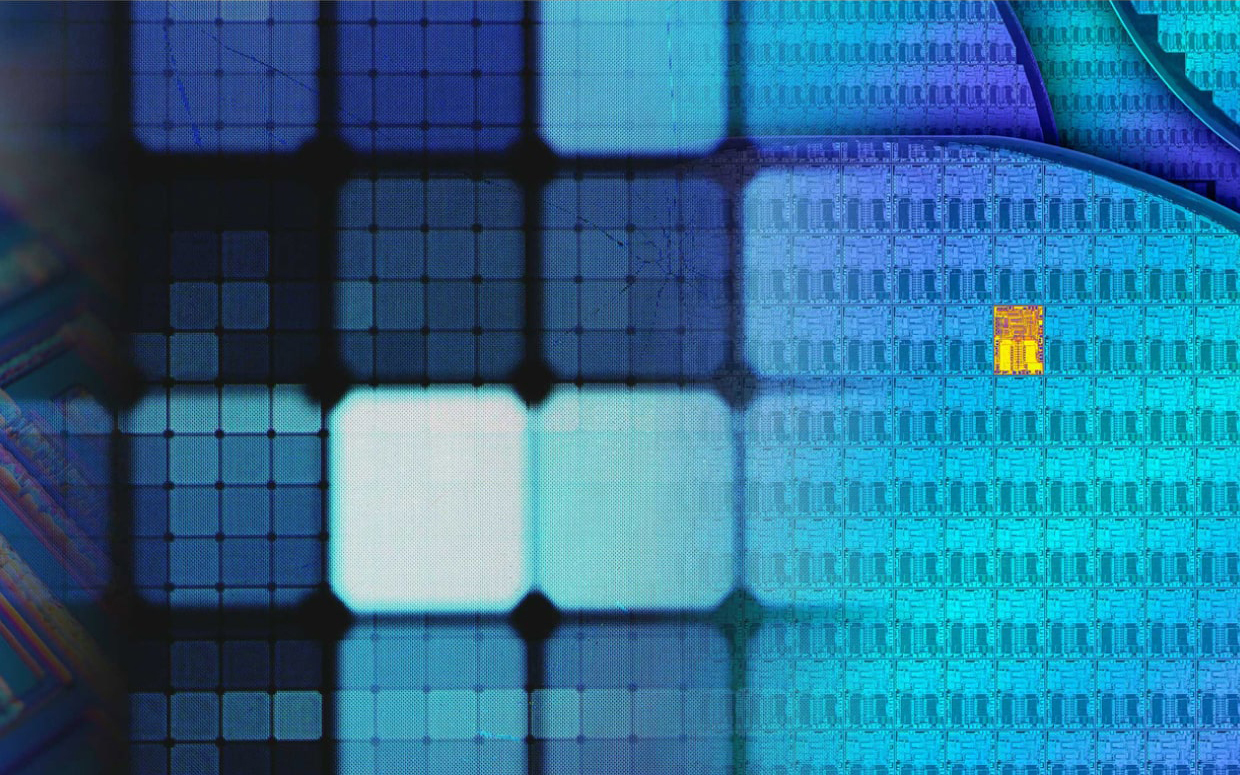The future inspired by the possibilities of FPDs

Nikon continues to advance with
the evolution of displays
Flat Panel Displays (FPDs), employ a thin, flat screen and are helping to realize our previously envisioned future. Nikon supports this exciting evolution toward such advances as larger or higher-definition displays by working together with panel manufacturers.
Various possibilities of FPDs that have been depicted in fiction, describing the near future
Imaging displays used for instant communication between a control room and members of a remote rescue team. TV phones utilized by space explorers. Even a robot projecting the 3-D hologram of a princess held hostage by rebels, for example. A cockpit with a 360-degree surround monitor, enabling operation of a robot while giving you the impression of floating in outer space. And more!
Displays were once mere symbolic items of the future in sci-fi movies and animation.
But, "Anything one man can imagine, other men can make real." as Jules Verne, one of the fathers of science fiction predicted.
As he believed, the successful results of the crystallized efforts of engineers who aimed to create wall-hanging TVs have now taken the place of CRTs (Cathode Ray Tubes) in the form of Flat Panel Displays (FPDs). They have become indispensable items in everyday life, such as TVs, smart devices, and PC monitors.

The next-generation FPDs following liquid-crystal and organic LED (OLED) displays
FPDs have generated various breakthrough technologies. Substances that possess unique characteristics are utilized in this field.
One of them is liquid crystal which has the properties of both a liquid and solid.
The liquid crystal itself does not emit light, but it works as an optical shutter since the liquid-crystal molecular orientation is changed by applying an electrical voltage. By controlling the intensity of light that passes through, it can display images on a screen. Brightness and contrast are superior.
On the other hand, an organic LED (OLED) display utilizes organic compounds that emit light when an electrical current flows through them.
Because they emit light on their own, a light source such as backlight is not required. It is also possible to make the display thinner and flexible, allowing curvature.


Currently, research into next-generation FPDs, based on a new light-emitting principle, is ongoing by display manufacturers.
One of these avenues of research is quantum dot display. Utilizing nano-sized* crystalline semiconducting substances, this display is expected to be used as a backlight for LCDs to produce brighter color and lower battery consumption. Also, Micro LED, covered with pixels of microminiaturized LED elements of red, green and blue, emits light on its own so that it eliminates the uneven light that was a weak point of liquid crystal, and achieves high contrast as well as a wide viewing angle. It is expected to consume less battery power than LCDs.
- *A nanometer is equal to one billionth of a meter. It is a unit used for expressing light wavelength range, at the atomic/molecular scale.

The future of FPDs exists here and now
Nikon provides FPD lithography systems for manufacturing FPDs, and has always invested in new advanced technologies that will meet current and future needs for such products as "multi-lens systems" to expose large glass plates effectively.
FPDs are evolving to 4K, 8K and higher definition, as well as growing in size. Imaging will become ever more realistic, and demand for medical displays employed for surgery or remote medical applications will multiply. If such displays, in other than a rectangular shape, enter practical use, brand new, uniquely designed smart devices might be released in the near future, as well as applications for automobile instruments and center displays.
FPDs continue to realize a variety of possibilities for the future in many fields, such as lifestyles and business, including entertainment, medical, automobiles and education.
Nikon fully supports such exciting possibilities through the innovation of FPD lithography systems, so as to contribute to joyful, convenient and prosperous everyday life.


Through successfully responding to customer demands with advanced technologies, Nikon became the world leader


General Manager of FPD Lithography Business Unit
Manabu Toguchi
Do you know how large FPD lithography systems are? For example, the FX-86S2, which is used for manufacturing FPDs for high-definition devices such as 4K and 8K measures 14.6 m (W) x 10.7 m (D) x 5.1 m (H). It is like an entire factory condensed into a single system.
Because a glass plate that exposes circuit patterns can be as large as 2200 mm x 2500 mm, sufficient space is required for exposure, transporting and maintaining the equipment. Due to these requirements, when delivering the system to a customer's factory, separate units are manufactured at factories of Nikon and cooperative companies, then assembled at the customer's operation site to complete the entire system. Dozens of large semi-trailers are required for transporting.
The role of FPD lithography systems is to expose the circuit patterns of TFTs (Thin Film Transistors) on a glass plate. A TFT is attached to each pixel of the liquid-crystal/organic LED (OLED) display. Controlling them enables images to be displayed.
Nikon's FPD lithography systems employ exposure methods developed based on technologies that have been cultivated through semiconductor lithography systems. Subsequently, Nikon supported the development of higher-resolution and larger FPDs that achieve even higher productivity. As an exposure method compatible with larger FPDs, Nikon developed an original "multi-lens system" to precisely control multiple lenses to work like one large lens. This achieves finer control and efficient patterning of a large glass plate. What's more, the multi-lens system enables each single lens to correct a glass plate deformed by heat processing, attaining higher precision.
Nikon has achieved the world's top share of FPD lithography systems by continuous technological development symbolized by the multi-lens system.
We continue to progress toward various next-generation FPDs that are expected to evolve, while developing products to meet customers' demands and maintain Nikon's position as the world leader for FPD lithography systems.
- *Job title and responsibilities at time of interview.
Originally published: December 12, 2017.
Updated: April 11, 2022.





